Taking the SD37P2 apart:
Under the hood we are presented with two removable hard disk cages in the top, the rear of which has two thin 60mm fans to keep it cool, although the front one has space for a 40mm in the side, no fan is provided. With no grills in the top, this means the heat has more trouble escaping, but it also means tipping over that can of Coke perched on top, should just run off rather than fry everything inside.The SATA and SATA power cables are conveniently routed around the outside to holes in the side for your hard disks to plug into. This is fantastic foresight and means you don't have to worry about cable management yourself; however the SATA cables are 90 degree versions that don't really work that well. They press against the bottom of the metal supports and require routing the cables at acute angles around this. Ironically, if Shuttle had used a normal straight (possibly shortened) connector then this wouldn't be a problem.
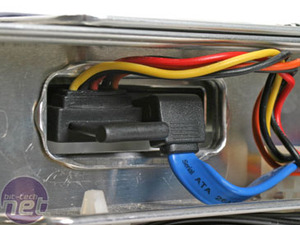
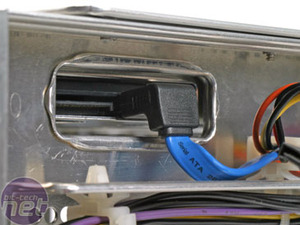
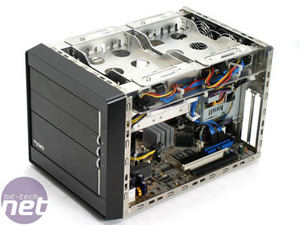
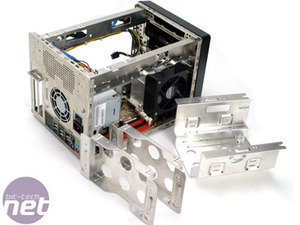
All the parts are aluminium to reduce weight and even a fully laden SD37P2 is not that heavy making it a perfect LAN companion. Being only 21 cm x 32.5 cm x 22 cm big (a little over 15 cubic litres) it makes it back packable, and coupled with a Shuttle TFT that has a built in handle you have a perfect pair for LAN-ing.
Shuttle include a custom 400W PSU with active PFC. Whilst this isn't the kilowatt-esq super sized versions we see in full size ATX cases it's more than capable of supporting every power hungry LGA processor and graphics card up to an NVIDIA 8800GTS (and possibly GTX) as well as a full complement of peripherals it has space for. Why only the NVIDIA 8800GTS? Shuttle has only included a single PCI-Express 6-pin plug for graphics, so you need to use an adapter for a second card in CrossFire (or, unofficially SLI) or the 8800 GTX.
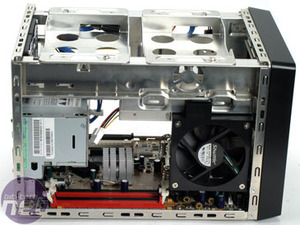
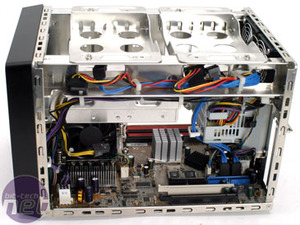

MSI MPG Velox 100R Chassis Review
October 14 2021 | 15:04









Want to comment? Please log in.